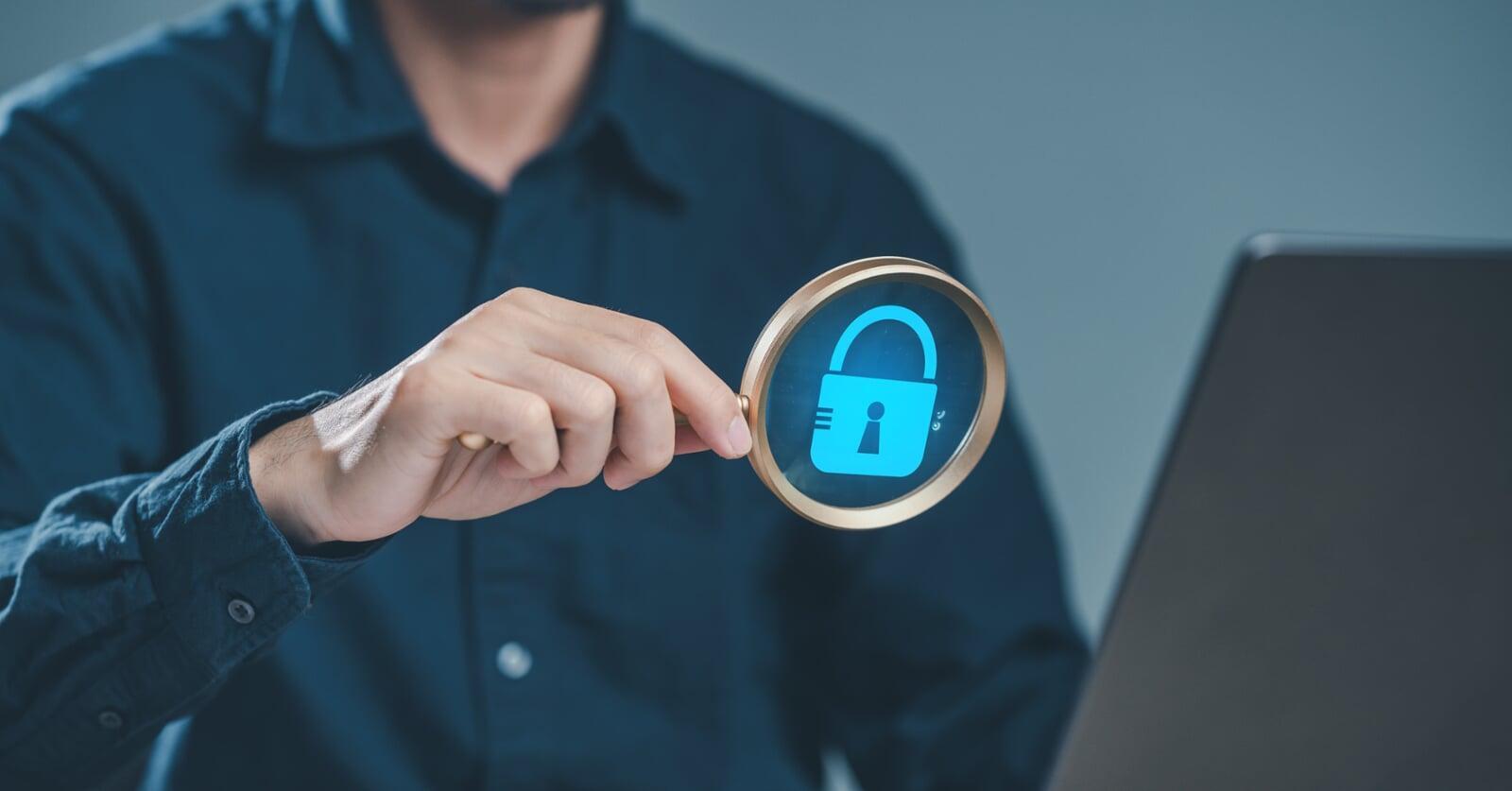
Malware is a type of malicious software designed to harm your computer, phone, or other devices. It can slow down performance, steal sensitive data, and even lock you out of your files. Understanding how malware spreads and recognizing its warning signs can help you stay protected.
What is Malware?
The term "malware" is short for "malicious software." It refers to programs that cybercriminals use to infiltrate and damage devices. Malware can come in many forms, each designed with a different objective.
Common Types of Malware
- Viruses
Viruses spread from one device to another, often through infected files or software. Once active, they can corrupt files, slow down performance, or cause system crashes.
- Trojans
Trojans disguise themselves as legitimate programs but contain harmful code. Once installed, they can steal personal information or create a backdoor for cybercriminals.
- Ransomware
Ransomware encrypts files and demands payment in exchange for restoring access. This type of attack has affected individuals, businesses, and even government agencies.
How Does Malware Infect Your Device?
Malware can enter your system through various methods, often exploiting common user habits.
Common Ways Malware Spreads
- Downloading Infected Files
Malware is often hidden in free software downloads, email attachments, or unverified files. Always download from trusted sources.
- Visiting Malicious Websites
Some websites can automatically install malware on your device without your knowledge. Avoid visiting suspicious or unsecured websites.
- Opening Phishing Emails
Hackers use phishing emails to trick users into clicking infected links or downloading harmful attachments. Be cautious of emails from unknown senders.
- Warning Signs of Hidden Malware
Malware often operates in the background, making it difficult to detect. However, certain symptoms can indicate an infection.
Signs Your Device May Be Infected
- Slow Performance
If your computer or phone suddenly becomes sluggish, malware could be consuming system resources.
- Unusual Pop-ups
Unexpected advertisements or pop-ups could be a sign of adware or a more serious infection.
- Excessive Data Usage
Malware may use your internet connection to send data in the background, leading to unusually high data usage.
- Frequent Crashes or Errors
If programs crash often or you notice strange error messages, malware may be affecting system stability.
How to Check for Malware on Your Device
If you suspect your device is infected, there are several steps you can take to investigate.
Steps to Identify Malware
- Run an Antivirus Scan
Use a reputable antivirus program to scan your device and remove potential threats.
- Review Installed Applications
Check your list of installed applications. Remove any software you do not recognize or remember downloading.
- Monitor Task Manager or Activity Monitor
On Windows, open Task Manager (Ctrl + Shift + Esc) and look for suspicious processes. On Mac, use Activity Monitor to check for unfamiliar programs using high CPU or memory.
- Inspect Your Browser Extensions
Unwanted browser extensions can track your activity or inject ads. Remove any unrecognized extensions from Chrome, Firefox, or other browsers.
What to Do If You Find Malware
If malware is detected, taking immediate action can prevent further damage.
Steps to Remove Malware
- Run a Full System Scan – Use antivirus software to detect and remove malware.
- Update Your Software – Ensure your operating system, browsers, and apps are up to date.
- Change Your Passwords – If malware stole login credentials, update your passwords immediately.
- Back Up Important Data – Save critical files to an external hard drive or cloud storage.
How to Prevent Malware Infections
The best defense against malware is proactive cybersecurity.
Essential Malware Prevention Tips
- Keep Software Updated
Regular updates fix security vulnerabilities, reducing the risk of malware infections.
- Avoid Suspicious Links and Downloads
Only download software from official websites and avoid clicking on unknown links.
- Use Strong, Unique Passwords
Create complex passwords and use a password manager to store them securely.
- Enable Two-Factor Authentication (2FA)
Adding an extra layer of security makes it harder for hackers to access your accounts.
- Use Reliable Antivirus Software
A good antivirus program provides real-time protection against threats.
Stay Safe Online
Malware can pose serious risks, but taking the right precautions can keep your devices secure. Always be mindful of the websites you visit, the files you download, and the emails you open.
If you need assistance with malware removal or cybersecurity solutions, contact us today. We are here to help you stay protected in the digital world.
Disclaimer: The information provided in this article is for educational and informational purposes only. It is not intended as professional IT or cybersecurity advice. While we strive to provide accurate and up-to-date information, we do not guarantee that the methods described will fully prevent or remove malware from your device. Always consult a qualified cybersecurity professional for expert assistance if you suspect your device is infected or compromised

